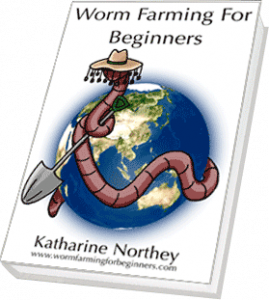Earthworms.
Earthworms.
The Greek philosopher, Aristotle, once defined worms as: “The intestines of the soil”, which isn’t far off the mark. Basically an earthworm is a large digestive, muscular tube that tunnels it’s way through the soil, consuming at one end and depositing at the other.
There are approximately around 2 700 species (different kinds) of earthworms around the globe. One of the smallest earthworms is approximately 1 centimetre long and one of the largest can be 2 metres long.
The Giant Gippsland Earthworm is one of the worms largest earthworms. Unfortunately it is listed as a “vulnerable” species with International Union for the Conservation of Nature. It has an average length of up to 80cm and a width of 2cm. This may not sound too extraordinary, but when this worm is relaxed it can double its size! This means the Giant Gippsland Earthworm can reach the size of nearly 2 metres in length!
Earthworms are found right around the globe including: Australia, the Sahara Desert, Iceland and Mongolia are among only a few countries that have their own individual native species. Although several species live in differing horizons (layers) in the surface layers of soil, others can be found in decomposing logs, in the trees – the upper angle between the branch and the trunk, even sometimes up to 9 m above ground or along the damp soil surrounding rivers and ponds.
Earthworms are not suitable for composting though. Please refrain from digging them out of your garden and putting them into the worm farm!
Earthworms are similar to composting worms in regards to anatomy. For example:
Each worm consists of:
– A mouth, but no teeth.
– A throat, but no ears or eyes.
– A capillary system located under the worm’s skin, which acts as the worm’s lungs.
– Setae, which are small spines that are projected from the body wall by muscles and act as anchors. These also play a role in reproduction.
– A heavy-duty digestive system, in which enormous quantities of beneficial organisms are incubated and deposited into the soil with the castings.
– Up to 5 pairs of hearts, but no backbone.
– A body consisting of 200-400 muscular rings.
– Kidney type organs called nephridia.
– A brain. (Experiments have shown the removal of the brain causes only slight locomotive change. Both worms with a brain, and those without, perform at essentially the same rates. – Miriam F. Bennett)
For more information about worm anatomy and much, much more simply purchase “Worm Farming for Beginners”